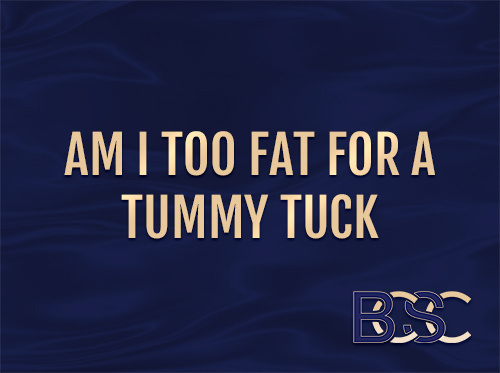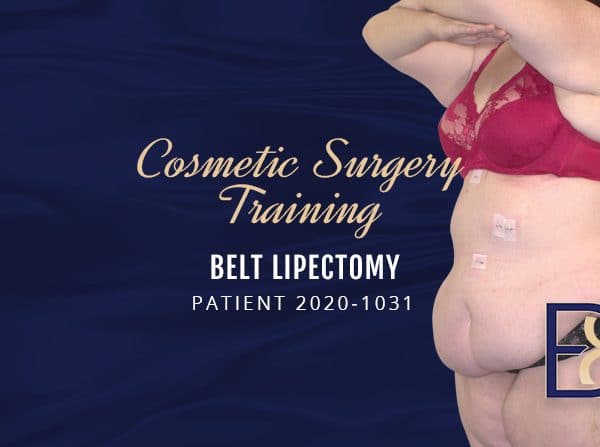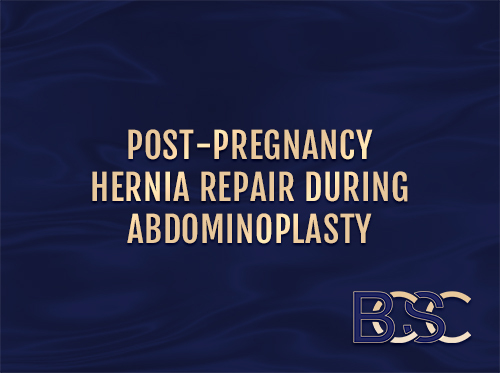Arm Lift Surgery Guide
Excess arm skin is a cosmetic problem. It often occurs due to aging or weight loss. As arm fat is lost, the skin may appear loose and deflated. Aging worsens the problem as collagen and elastin production slow with age. The presence of lax skin on the undersides of the upper arms can be unsightly and make it difficult to find clothing that fits properly.
What is Arm Lift Surgery?
An arm lift (brachioplasty) is a cosmetic procedure that tightens loose skin on the backside of the upper arms. It is commonly performed on patients who have lost a significant amount of weight, as well as those who develop sagging arm skin as they get older. During an arm lift, excess skin and fatty tissue are removed from between the elbow and armpit. The goal is to create firmer, slimmer, and more youthful upper arm contours. A cosmetic surgeon or body contouring surgeon usually performs the surgery.
What are the Benefits of Arm Lift Surgery?
Possible advantages of an arm lift procedure include:
- Firmer, tighter upper arms
- Slimmer arm contours
- Better visibility of existing arm musculature
Who is a Candidate for Arm Lift Surgery?
The procedure is for a patient who:
- Has sagging skin between the armpit and elbow
- Has a healthy BMI
- Accepts the surgical risks
- Can take time off to recover
- Is willing to have a surgical scar
- Does not smoke or is willing to quit
To learn if you are a candidate for an arm lift, consult with a qualified surgeon. An arm lift or body contouring surgeon can evaluate your arms to determine if the procedure is right for you.
Types of Arm Lift Procedures
An arm lift is a customized procedure. The extent of the surgery depends on how much lax skin is present. There are three types of arm lifts, all of which can be performed with or without liposuction:
- Mini brachioplasty
- Full brachioplasty
- Extended brachioplasty
What Happens During the Surgery?
The procedure takes one to three hours. An arm lift is usually performed under general anaesthesia. An overnight hospital stay is not required. With the patient lying face up on the operating table, the arms are elevated over the head and secured to arm bars at a slight bend. Liposuction (optional) is done first to reduce unwanted fat in the upper arm contour. Next, a vertical incision is placed between the armpit and the elbow. The excess skin is marked and trimmed off. Any underlying fat that is attached to the skin is also removed. The incision is sutured closed, leaving the arms visibly firmer and more youthful. The process is repeated on each arm.
Recovery
After waking from surgery, a bland snack such as crackers and water are usually provided to ease nausea after anaesthesia. Most patients return home after spending an hour in the recovery room. Bandages and compression garments protect the wound as it heals. Drains may be placed to drain clear fluid and blood from the wound site. The drains are removed during a follow-up visit a few days after surgery.
Moderate arm pain usually lasts for a few days. Prescription medications can ease discomfort in early recovery. After that, the pain becomes a feeling of soreness, which lasts for several days or weeks. Swelling is pronounced initially, but resolves with time. Most of the swelling goes away in the first few weeks. Swelling may persist for six months to a year. Every patient is different.
The arm lift downtime is one to three weeks. Patients with office jobs can return to work after this time. Heavy lifting and exercise should be avoided for at least six weeks. A limited range of arm motion is expected in recovery. Driving is restricted until the patient can use both arms comfortably. This usually takes at least ten days.
Bruising is common after surgery. Most bruises fade in two weeks. The incision will feel raised or lumpy. Over time, the incision will heal. The scar will flatten and fade. It can take a year or longer for surgical scars to mature.
Risks and Complications
An arm lift is considered a low-risk procedure for healthy patients who are treated by a reputable surgeon. All surgery comes with a degree of risk. Minor complications tend to occur more often than serious ones. Possible arm lift risks include:
- Infection
- Necrosis
- Numbness
- Blood clots
- Asymmetry
- Suture rejection
- Bad scar healing
- Hematoma (bruising)
- Adverse reaction to anaesthesia
- Seroma (clear fluid that may need to be drained)
- Poor cosmetic result that requires a revision surgery
Other risks are possible. Consult your surgeon for more information.
Arm Lift Surgery FAQ
Will there be a scar?
Yes. The scar usually extends from the armpit to the elbow. Arm lift scar length varies from patient to patient. Arm lift scars can be hidden with careful planning, although they may be prominent from certain angles. Different surgeons may use different incisions. It is beneficial to discuss the location and expected length of the arm lift scar with your surgeon during the consultation.
Does health insurance cover brachioplasty in Australia?
Most patients pay out of pocket. Private health insurance does not cover cosmetic procedures such as arm lifts. A rebate may apply in certain cases. If the procedure is medically indicated, it may be covered by applying with the corresponding MBS item number. Strict eligibility requirements apply. For example, the patient must show they have lost more than 5 BMI points, maintained a stable weight for at least six months, and have a chronic condition such as untreatable rashes, chafing, or limited arm function due to excess skin that impedes their quality of life. A qualified surgeon can provide more information.
How much does an arm lift cost in Australia?
A full brachioplasty costs between $4,0000 to $12,000 AUD. Individual surgeon pricing varies. Geographic location, years of experience, and the extent of skin removal are the main factors that determine pricing. For example, a mini arm lift is less extensive than a full or extended arm lift, so it costs less. Adding arm liposuction to the procedure may increase costs. Because it is customized, the only way to get an accurate price is to meet the surgeon for a consultation.
Can an arm lift be combined with liposuction?
An arm lift can be done with or without liposuction. Liposuction is the surgical removal of fat. During liposuction, the fat is removed through a suction cannula. Many patients store excess fat in the upper arms due to genetics. This fat can persist even when a patient reaches a healthy weight. For patients who have a modest amount of fat in the upper arms along with saggy arm skin, a combined brachioplasty with liposuction may provide a better result. Not all arm lift patients need liposuction.



